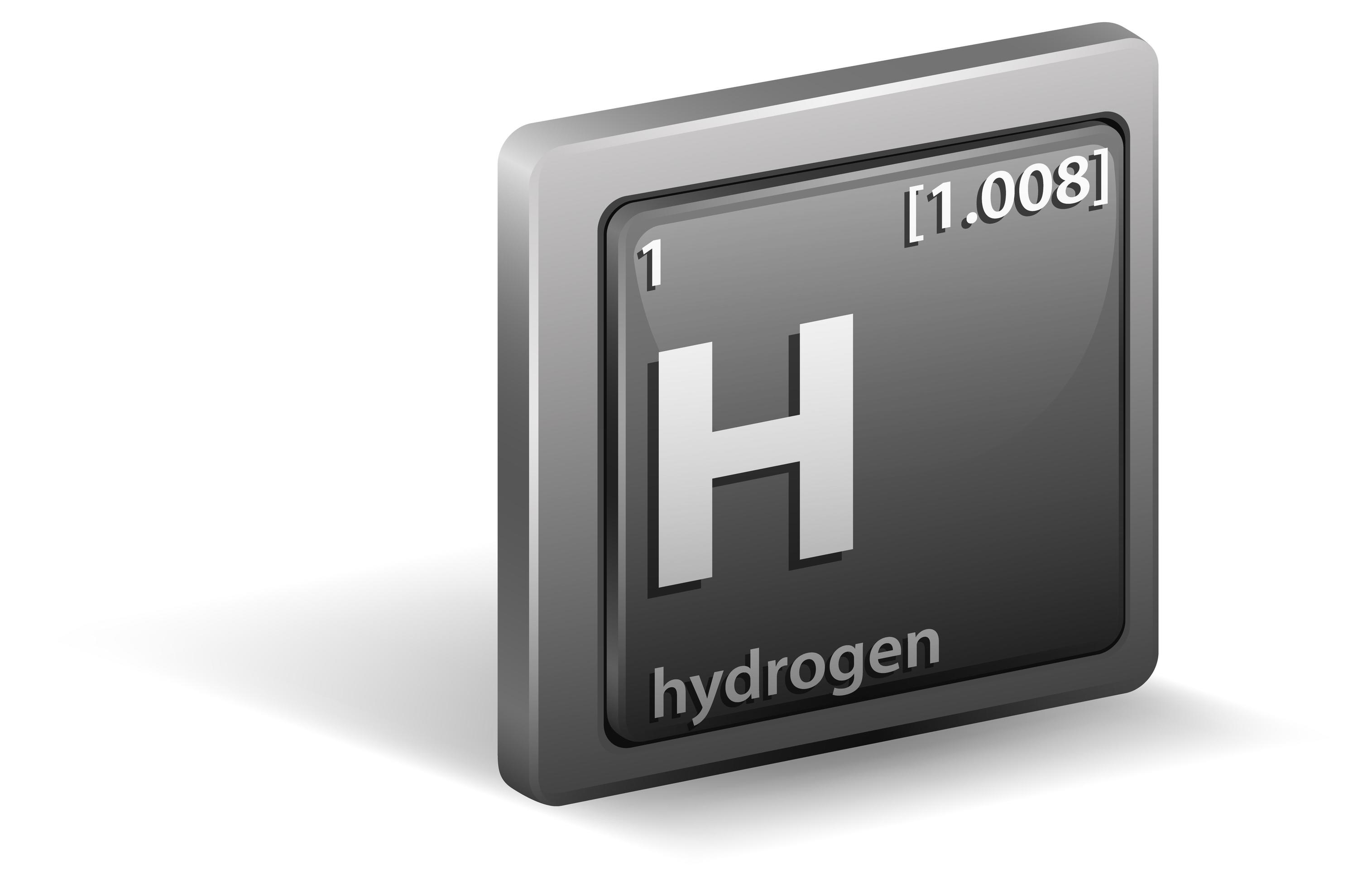

In 1781 Cavendish confirmed previous observations that water was formed when hydrogen was burned, and Antoine-Laurent Lavoisier, the father of modern chemistry, coined the French word hydrogène from which the English form is derived. In 1766 Henry Cavendish, English chemist and physicist, showed that hydrogen, then called flammable air, phlogiston, or the flammable principle, was distinct from other combustible gases because of its density and the amount of it that evolved from a given amount of acid and metal. The gas, however, was confused with other flammable gases, such as hydrocarbons and carbon monoxide. Paracelsus, physician and alchemist, in the 16th century unknowingly experimented with hydrogen when he found that a flammable gas was evolved when a metal was dissolved in acid. The practice of giving distinct names to the hydrogen isotopes is justified by the fact that there are significant differences in their properties. Tritium (symbol T, or 3H), with one proton and two neutrons in each nucleus, is the mass 3 isotope and constitutes about 10 −15 to 10 −16 percent of hydrogen. The mass 2 isotope, which has a nucleus of one proton and one neutron and has been named deuterium, or heavy hydrogen (symbol D, or 2H), constitutes 0.0156 percent of the ordinary mixture of hydrogen.
The mass numbers of hydrogen’s isotopes are 1, 2, and 3, the most abundant being the mass 1 isotope generally called hydrogen (symbol H, or 1H) but also known as protium. How much do you know about Mars? How about energy? Think it’ll be easier if you have to pick only true or false? Find out what you know about science with this challenging quiz.Įlementary hydrogen finds its principal industrial application in the manufacture of ammonia (a compound of hydrogen and nitrogen, NH 3) and in the hydrogenation of carbon monoxide and organic compounds. Even though it is often said that there are more known compounds of carbon than of any other element, the fact is that, since hydrogen is contained in almost all carbon compounds and also forms a multitude of compounds with all other elements (except some of the noble gases), it is possible that hydrogen compounds are more numerous. As part of innumerable carbon compounds, hydrogen is present in all animal and vegetable tissue and in petroleum. It occurs, however, in vast quantities as part of the water in oceans, ice packs, rivers, lakes, and the atmosphere. The earliest known important chemical property of hydrogen is that it burns with oxygen to form water, H 2O indeed, the name hydrogen is derived from Greek words meaning “maker of water.”Īlthough hydrogen is the most abundant element in the universe (three times as abundant as helium, the next most widely occurring element), it makes up only about 0.14 percent of Earth’s crust by weight. Under ordinary conditions, hydrogen gas is a loose aggregation of hydrogen molecules, each consisting of a pair of atoms, a diatomic molecule, H 2. The hydrogen atom has a nucleus consisting of a proton bearing one unit of positive electrical charge an electron, bearing one unit of negative electrical charge, is also associated with this nucleus. Hydrogen (H), a colourless, odourless, tasteless, flammable gaseous substance that is the simplest member of the family of chemical elements. SpaceNext50 Britannica presents SpaceNext50, From the race to the Moon to space stewardship, we explore a wide range of subjects that feed our curiosity about space!.Learn about the major environmental problems facing our planet and what can be done about them!

Saving Earth Britannica Presents Earth’s To-Do List for the 21st Century.Britannica Beyond We’ve created a new place where questions are at the center of learning.

HYDROGEN SYMBOL HOW TO


 0 kommentar(er)
0 kommentar(er)
